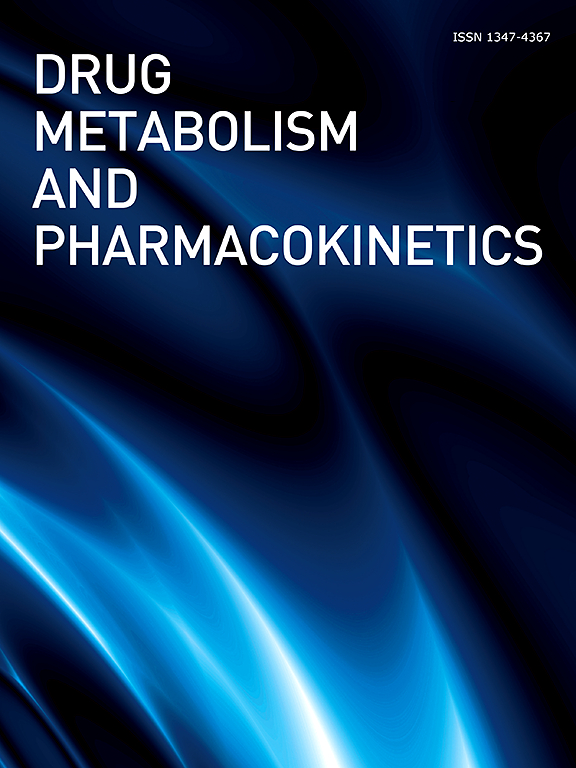Population pharmacokinetics of brexpiprazole in Japanese healthy subjects and patients with schizophrenia
IF 2.7
4区 医学
Q2 PHARMACOLOGY & PHARMACY
引用次数: 0
Abstract
Brexpiprazole, widely approved for the treatment of schizophrenia, is an atypical antipsychotic that modulates serotonin–dopamine activity. To better understand the pharmacokinetics (PK) of brexpiprazole in Japanese patients, a population PK model was constructed and used to estimate steady state PK profiles and parameters as well as dopamine D2/D3 receptor occupancy profiles after repeated oral administrations of brexpiprazole at 1 and 2 mg/day. Nonlinear mixed effects modelling was used to analyse data from a total of 398 healthy subjects and patients with schizophrenia who received brexpiprazole in three Japanese clinical trials. The PK of brexpiprazole were well described by a two-compartment disposition model with transit absorption compartments. Estimated glomerular filtration rate, age and cytochrome P450 2D6 phenotype were identified as significant covariates on CL/F only. The model predicted that, at a dose of 2 mg/day, trough plasma concentration (90 % prediction interval) of brexpiprazole is 77.1 (22.4–173) ng/mL and that dopamine D2/D3 receptor occupancy is >80 % over one day for most patients at steady state. This suggests the recommended maintenance dose of 2 mg/day of brexpiprazole leads to clinically useful dopamine D2/D3 receptor occupancy at steady state in Japanese patients.
求助全文
约1分钟内获得全文
求助全文
来源期刊
CiteScore
4.80
自引率
9.50%
发文量
50
审稿时长
69 days
期刊介绍:
DMPK publishes original and innovative scientific papers that address topics broadly related to xenobiotics. The term xenobiotic includes medicinal as well as environmental and agricultural chemicals and macromolecules. The journal is organized into sections as follows:
- Drug metabolism / Biotransformation
- Pharmacokinetics and pharmacodynamics
- Toxicokinetics and toxicodynamics
- Drug-drug interaction / Drug-food interaction
- Mechanism of drug absorption and disposition (including transporter)
- Drug delivery system
- Clinical pharmacy and pharmacology
- Analytical method
- Factors affecting drug metabolism and transport
- Expression of genes for drug-metabolizing enzymes and transporters
- Pharmacogenetics and pharmacogenomics
- Pharmacoepidemiology.

 求助内容:
求助内容: 应助结果提醒方式:
应助结果提醒方式:


